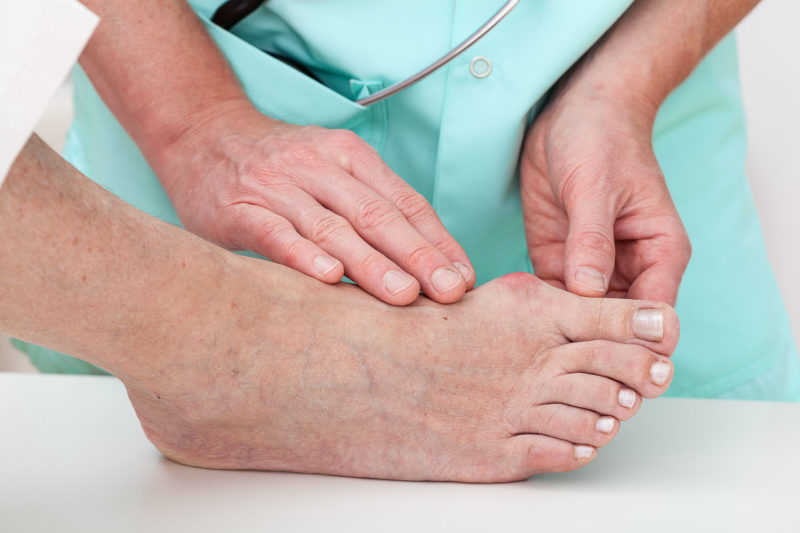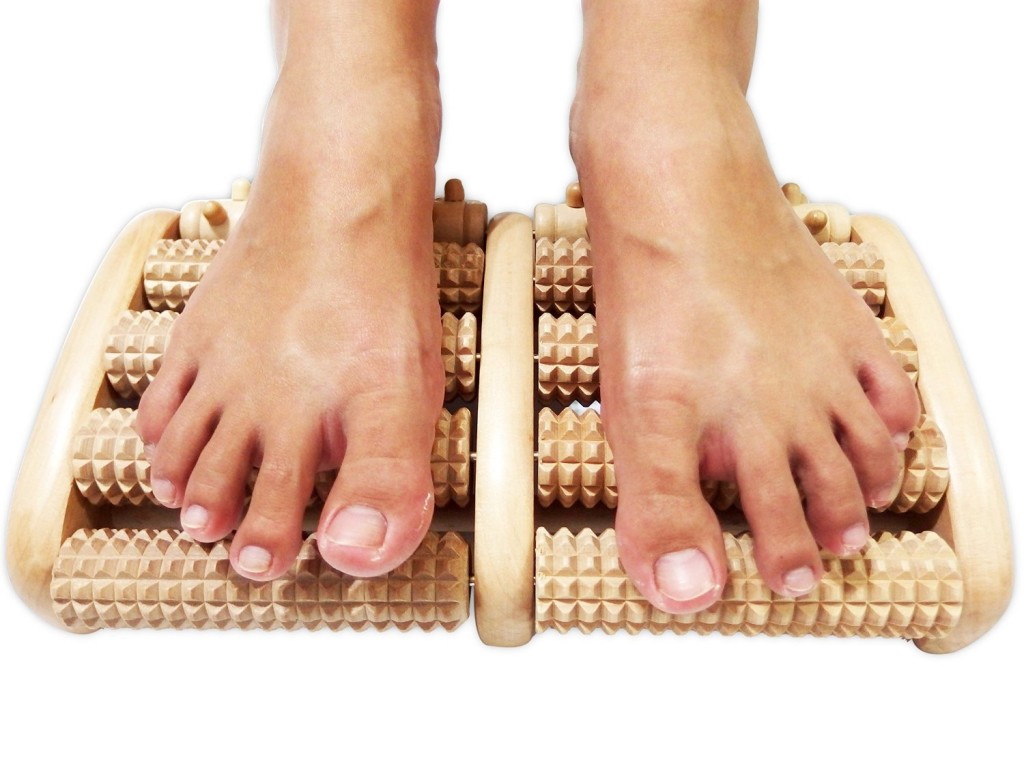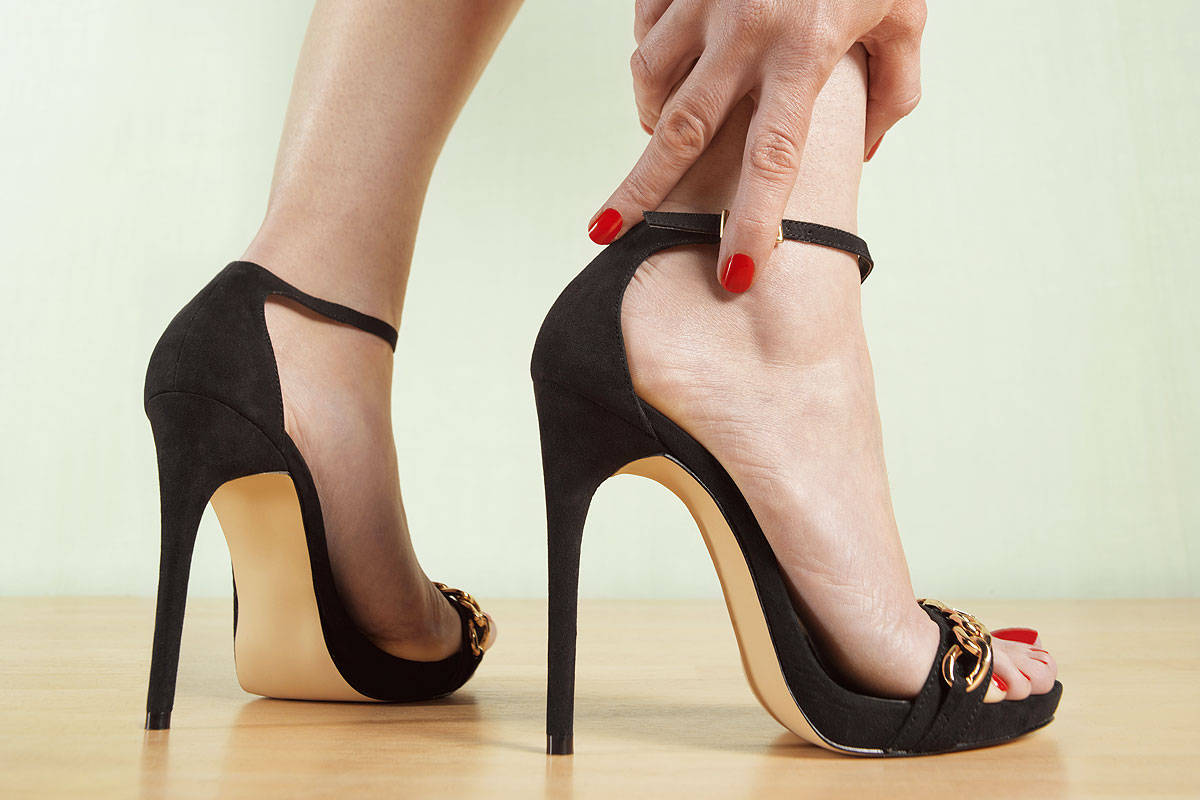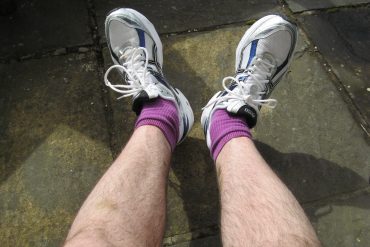Bunion Symptoms and Causes
Human feet range in size, width, curvature, and alignment. Sadly, both wide and narrow feet encounter a common enemy-known as a bunion. Bunions are a common, but, agonizing condition that affects approximately 3 million Americans every year. A bunion forms when small, bony protrusions arise on the lower joint of the big toe. Sometimes, however, when joint tissue navigates out of place and settles on the outer border of the foot, it forms abnormal protrusions. The technical term for a bunion is a hallux valgus.
For most, a bunion is more than a mere cosmetic issue. In some cases, a bunion may inhibit mobility, exercise and an individual’s quality of life. The most common bunion symptoms include stiffness of the big toe joint, redness, tenderness, pain and deformity of the toe joint as well. This condition is both visually and physically unpleasant when left untreated.
The are many suspected causes for this condition. However, researchers have yet to form a general consensus. While some people attribute bunions to high heel shoes, others concede that congenital defects, foot injuries, and deformities are to blame.
Diagnosis and Exam
Before you embark upon treatment options, consider scheduling a formal medical exam. To evaluate the severity of your condition, your doctor may elect to perform an Xray of your foot. This will help decipher how extreme your foot deformity actually is. Your Xray may also suggest the most fitting treatments for your condition. From this point on, the doctor will determine if you require conventional surgery or more casual methods of pain relief. These options include surgery, medication, as well as personalized shoes and inserts.
Facts
Before you proceed, consider these startling facts about this condition. When a bunion is left untreated, the symptoms intensify over time. In other words, your bunion will never get better until you treat it. The more painful your bunion is, the more it will compromise your quality of life. Without treatment, you will have to shelve your favorite high heels and forgo that game of football you so desperately crave.
On a brighter note, a bunion will rarely resurface after surgery, hence the importance of medical intervention. While there are many home-based treatment options available for sufferers of this condition, these treatments merely ensure short-term relief in most cases.
Options for Bunion Treatment
Do you suffer from persistent pain, soreness and tenderness? Has your doctor formally diagnosed you with a hallux valgus and recommended surgery? In some cases, surgery is the most viable recourse to take.
Doctors have developed well over 100 surgical procedures to treat and remove this condition for severe cases. The standard surgical procedure for bunion removal is termed a bunionectomy. For the purpose of simplicity, only a few surgical techniques will be discussed.
One procedure entails the surgical removal of inflamed tissues near the big toe. In some cases, more invasive procedures are needed to correct a bunion, however. For instance, a surgeon may align the foot by extracting a part of the big toe bone instead.
Alternatively, the doctor may choose to align the bones between the posterior part of the foot and the large toe, while correcting your joint abnormalities. Finally, a bunion surgical option may consolidate the bones of all joints affected by the bunion.
Pre-surgical preparation for a bunionectomy may incorporate general anesthesia, or local anesthesia and sedation. As with all procedures, some complications are associated with the surgery. For instance, in some cases, the pain may persist after the procedure is complete. Or, your toe movement may be markedly reduced by the bone realignment procedure. In some cases, the bone may be corrected to an excessive degree. Of course, the rate of success for this surgery far exceeds the 15% failure rate. Furthermore, the likelihood of recurrence is exceedingly low for most bunion surgical patients.
For manageable bunion cases, an orthopedist may prescribe a set of personalized shoes, designed to offset the symptoms of your condition. These orthopedic shoes are known to support and align the foot as needed.
Post-surgical Recovery
Your post-surgical recovery may invite a host of familiar symptoms. Some patients can walk promptly after the surgery is complete. However, the recovery process may persist for weeks or months at a time, plaguing you with bouts of minor pain or throbbing. As a result, self-care is necessary to prevent relapses or uncomfortable symptoms. Typical self-care options include proper shoes to cushion and align your foot joints as needed. Generally speaking, the surgical costs for a bunionectomy will range between $3000 and $4500.
Home Treatment Options
Before you seek professional aid, consider the following recommendations. People are encouraged to maintain a healthy BMI, as excess weight accounts for some incidences of this condition. Pad inserts, composed of gel or moleskin, are most effective in alleviating symptoms, as well. NSAIDs, otherwise known as anti-inflammatory medications, are also recommended for short term relief. Such medications include over the counter options such as ibuprofen. For short-term relief, consider a massage or an ice pack to quell the tenderness, soreness or swelling. Of course, you should always invest in quality shoes to prevent complications down the line.
You may also want to consider toe spacers like Yoga Toes which may help prevent the bunion from worsening. In my own personal experience I have found these to be helpful.





